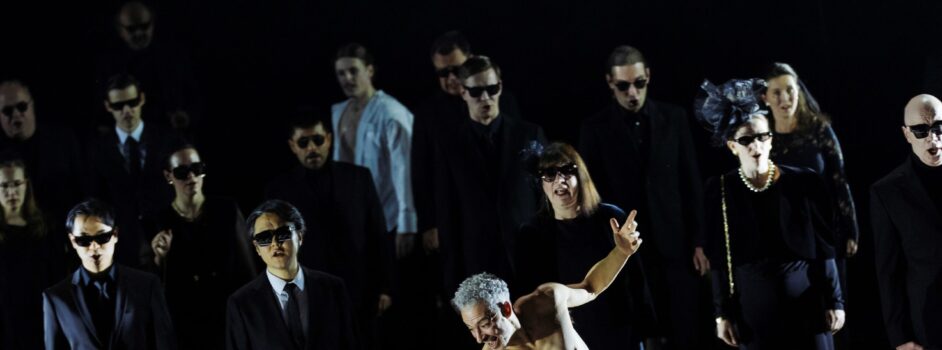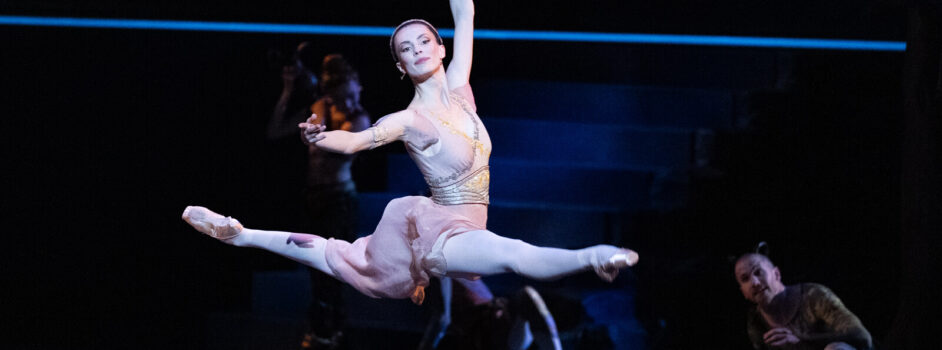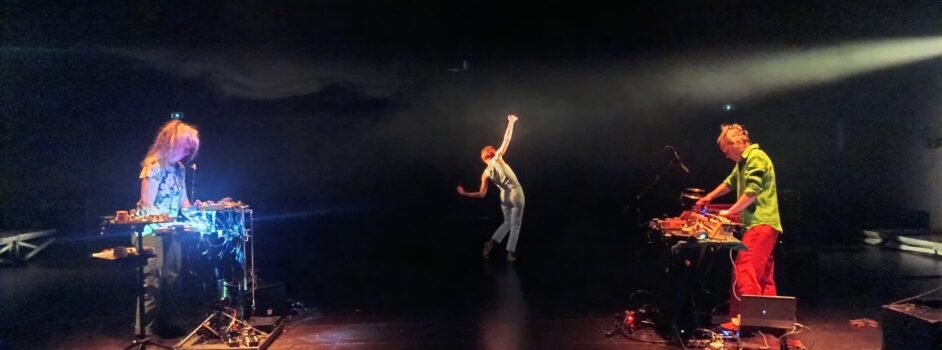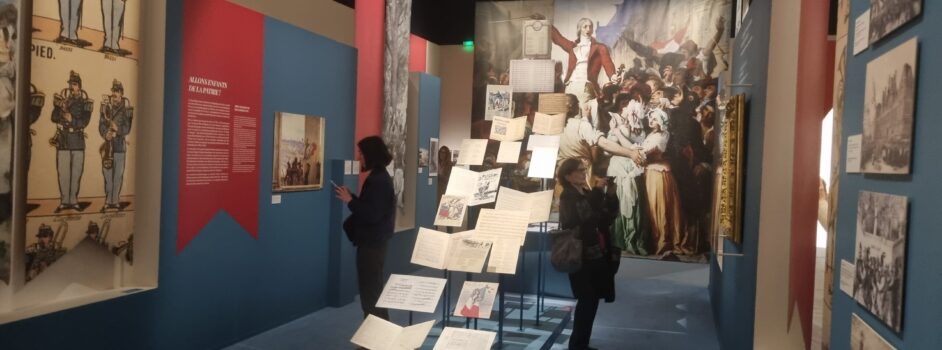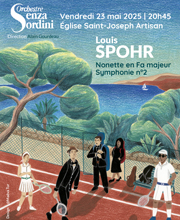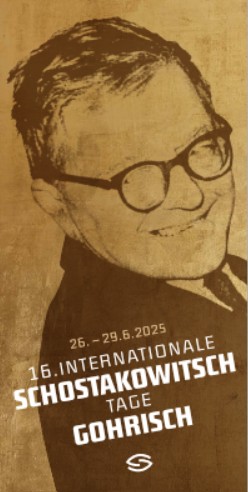Plus de détails
Londres, London Coliseum, English National Opera. 07-XI-2013. Wolfgang Amadeus Mozart (1756-1791) : Die Zauberflöte, opéra en deux actes sur un livret d’Emmanuel Schikaneder, traduit en anglais par Stephen Jeffreys. Mise en scène : Simon McBurney. Costumes : Nicky Gillibrand. Lumières : Jean Kalman. Scénographie : Michael Levine. Avec : Ben Johnson, Tamino ; Roland Wood, Papageno ; Cornelia Götz, la Reine de la Nuit ; Devon Guthrie , Pamina ; James Creswell, Sarastro ; Brian Galliford, Monostatos ; Mary Bevan, Papagena ; Eleanor Dennis, Clare Presland, Rosie Aldrdge, les Trois Dames ; Alessio D’Andrea, Finley A’Court, Alex Karlsson, les Trois Esprits. Chœur de l’English National Opera (chef de chœur : Matrin Fitzpatrick) ; direction musicale : Gergely Madaras
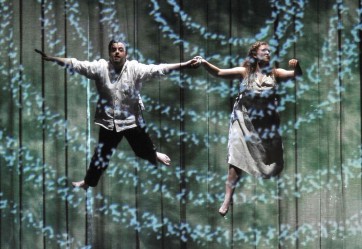 In the program at the opening of The Magic Flute in London, director Simon McBurney recounts a rehearsal, explaining at the same time the ideas driving his direction of the work: “and suddenly I know . . . that if I am lost in the unpredictable turbulence of this opera which is not an opera, but a stage play, then I shall make the music my compass. Listening to the play, listening to the music. Trying to hear . . . Mozart.”
In the program at the opening of The Magic Flute in London, director Simon McBurney recounts a rehearsal, explaining at the same time the ideas driving his direction of the work: “and suddenly I know . . . that if I am lost in the unpredictable turbulence of this opera which is not an opera, but a stage play, then I shall make the music my compass. Listening to the play, listening to the music. Trying to hear . . . Mozart.”
This project, both modest and ambitious in the fidelity to the musical text it requires from the director, was admirably realized by McBurney in this new production at the English National Opera. Theater was omnipresent in various and unexpected forms, and all its secrets were shamelessly revealed. In a shadow puppet play, a blackboard was projected on the back of the stage. An actor wrote the name of the opera on it in chalk, his hand following the conductor's baton, then drew the scenery for the first act. The intense acting was enhanced in the spoken parts by sound effects made by an actress at the side of the stage. In this theatrical world, things are not what they seem: the frail Queen of the Night went around in a wheelchair; the birds were mere paper sheets moved around by actors. Following the indications in the libretto, Papagena appears to Papageno as an old woman. In search of their destiny, Tamino, Panina and a reluctant Papageno enter this deceptive and fickle universe, represented as a two-dimensional scenic space with a suspended mobile apparatus on which images and video clips were projected. Endlessly adjustable, the stage became a magical, poetic place. There was one single regret: the scenography could have been more colorful and less bare, in the vein of the superb poster for the opera.
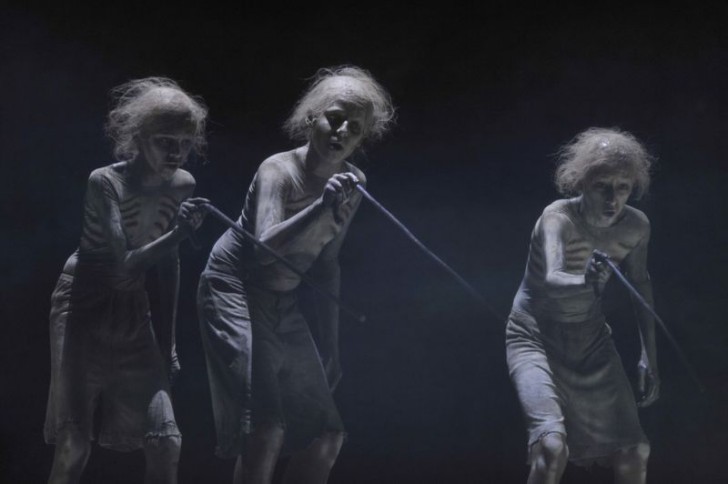 Who is the main character in this play? McBurney listened to Mozart and decided it would be the music. The stage and the pit constituted a single space, with characters often descending among the musicians. In a nice display of metonymy, the orchestra's flute was transformed into Tamino's, the orchestra's flutist coming onstage next to the singer when he needed the help of the magic instrument. In accordance with the wish of twenty-nine-year-old Hungarian conductor Gergely Madaras, the play began in medias res: following a fast-paced entrance and a brief greeting while the lights were still on, the first notes of the overture brought all conversation in the house to an end. Madaras conducted the orchestra with ardor and flexibility from the very first note to the very last, and the resulting sound was admirable, full of light and lightness. Ben Johnson (Tamino), Roland Wood (Papageno), Cornelia Götz (the Queen of the Night), Devon Guthrie (Pamina) and James Creswell (Sarastro) offered moving and funny interpretations in this beautiful fusion of theater and music.
Who is the main character in this play? McBurney listened to Mozart and decided it would be the music. The stage and the pit constituted a single space, with characters often descending among the musicians. In a nice display of metonymy, the orchestra's flute was transformed into Tamino's, the orchestra's flutist coming onstage next to the singer when he needed the help of the magic instrument. In accordance with the wish of twenty-nine-year-old Hungarian conductor Gergely Madaras, the play began in medias res: following a fast-paced entrance and a brief greeting while the lights were still on, the first notes of the overture brought all conversation in the house to an end. Madaras conducted the orchestra with ardor and flexibility from the very first note to the very last, and the resulting sound was admirable, full of light and lightness. Ben Johnson (Tamino), Roland Wood (Papageno), Cornelia Götz (the Queen of the Night), Devon Guthrie (Pamina) and James Creswell (Sarastro) offered moving and funny interpretations in this beautiful fusion of theater and music.
Plus de détails
Londres, London Coliseum, English National Opera. 07-XI-2013. Wolfgang Amadeus Mozart (1756-1791) : Die Zauberflöte, opéra en deux actes sur un livret d’Emmanuel Schikaneder, traduit en anglais par Stephen Jeffreys. Mise en scène : Simon McBurney. Costumes : Nicky Gillibrand. Lumières : Jean Kalman. Scénographie : Michael Levine. Avec : Ben Johnson, Tamino ; Roland Wood, Papageno ; Cornelia Götz, la Reine de la Nuit ; Devon Guthrie , Pamina ; James Creswell, Sarastro ; Brian Galliford, Monostatos ; Mary Bevan, Papagena ; Eleanor Dennis, Clare Presland, Rosie Aldrdge, les Trois Dames ; Alessio D’Andrea, Finley A’Court, Alex Karlsson, les Trois Esprits. Chœur de l’English National Opera (chef de chœur : Matrin Fitzpatrick) ; direction musicale : Gergely Madaras

